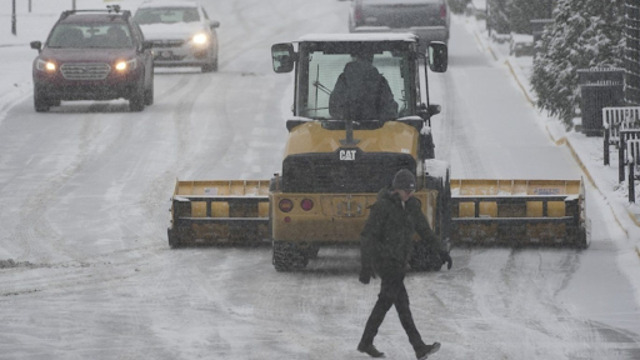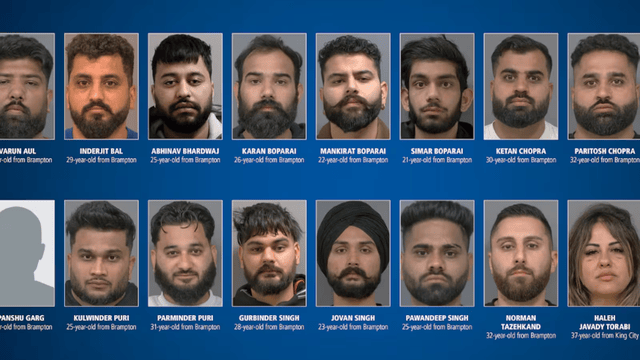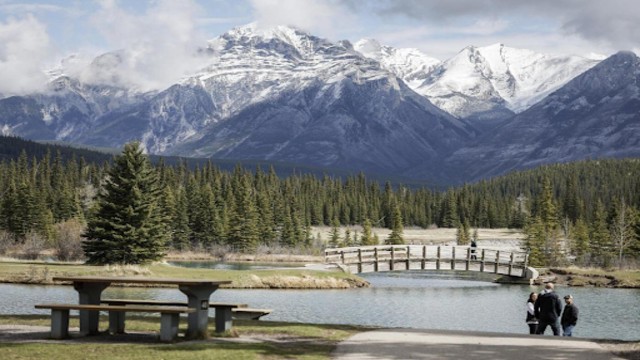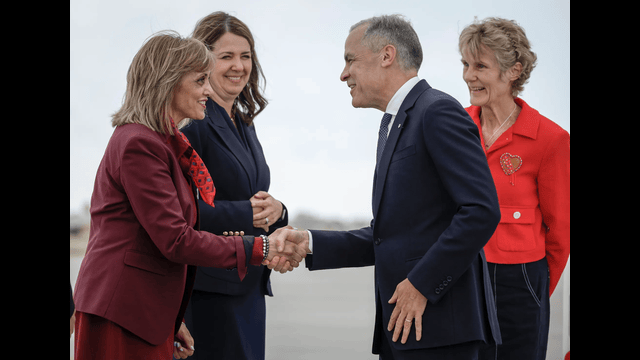
A snow plow clears a parking lot in Cincinnati during a winter storm on Sunday, January 5, 2025. AP Photo
A powerful winter storm that hit the central U.S. over the weekend caused dangerous travel conditions and heavy snowfall. The storm, which brought snow, ice, and strong winds, affected major highways in Kansas, western Nebraska, and parts of Indiana. Residents in these areas experienced challenging weather, with snowfall totaling up to 14 inches in some regions, particularly north of Interstate 70. The National Weather Service warned that this could be the heaviest snowfall in a decade in some locations.
By Sunday, approximately 63 million Americans were under winter weather warnings. The storm moved eastward, bringing more snow and ice to other regions, including New Jersey and the Ohio Valley. In Kansas, snow and sleet caused roads to become nearly impassable. Winter storm warnings were issued for multiple states, with strong winds reaching up to 45 miles per hour.
In Kentucky, snow broke records, with Louisville receiving 7.7 inches, surpassing the previous record of 3 inches set over a century ago. Lexington also recorded 5 inches, while parts of upstate New York experienced up to 3 feet of snow due to lake-effect snowstorms. The storm's reach was extensive, affecting not just the Midwest but also causing power outages and bringing down trees across the Deep South, including in Arkansas, Louisiana, and Mississippi.
The winter storm made driving conditions extremely hazardous, with hundreds of car accidents reported in Virginia, Indiana, Kansas, and Kentucky. The storm's impact was so severe that a state trooper was injured in a crash on Interstate 65 in Kentucky. Roads in northeastern Kansas were closed due to snow and ice, and local authorities advised drivers to stay off the roads. Kentucky's governor declared a state of emergency and urged people to remain indoors for their safety.
Air and rail travel were severely disrupted as well. Amtrak canceled numerous trains, including those between Chicago and New York and between Chicago and St. Louis. St. Louis Lambert International Airport saw nearly 200 flight cancellations. With the snowstorm continuing to move east, rail and air travel remained heavily affected.
Temperatures also plummeted across much of the country, creating wind chills as low as 25 degrees below normal. In Chicago, temperatures hovered around the teens, while Minneapolis saw temperatures near zero. In parts of the Northeast, the storm was expected to bring several days of cold temperatures. Cold air moving down from Canada will affect the eastern half of the country, including Georgia, where freezing temperatures are expected.
State governors in affected regions declared emergencies ahead of the storm, and school districts in Indiana, Maryland, Virginia, and Kentucky began canceling classes. Kentucky's Jefferson County Public Schools canceled activities and classes for nearly 100,000 students on Monday.
As the storm moves through, officials continue to urge people to stay off the roads, as dangerous conditions persist. Those exposed to the elements for extended periods are warned about the risks of frostbite and hypothermia.















